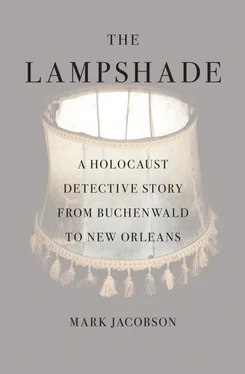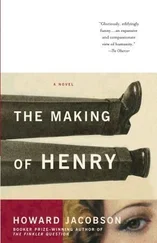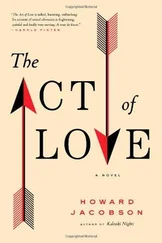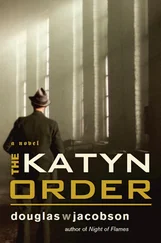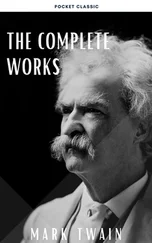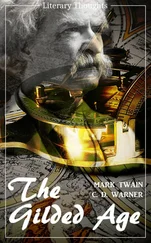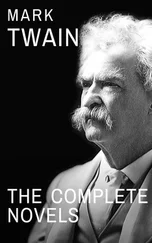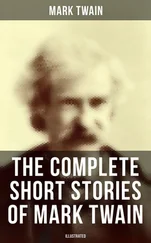Kipperman began hanging out at the Coney Island boardwalk freak show. “It kind of took me over, the idea that something had happened to these people that made them so weird. There’d be the snake lady, the fire-eaters, the guy who made himself into a pretzel. The barker said, ‘You think this is beyond belief? Pay the extra money and come inside if you really want to see the horror of horrors.’ That was me, I always wanted to pay the extra money.”
For Kipperman the most fascinating freak was “the Illustrated Man,” tattooed from head to toe. “It was like he was covered with a whole other language.” Kipperman asked his parents if he could get some tattoos. The answer was “Absolutely not.” It was against Jewish law; it said so right in the Torah, Leviticus 19:28, “Ye shall not make any cuttings in your flesh for the dead, nor print any marks upon you: I am the Lord.” Get a tattoo and you won’t be buried in a Jewish cemetery, you’ll be shunned by your own people for eternity, his parents told him. This confused Kipperman, since during the summer when he went to the beach, he saw people he knew to be Jews, who went to shul every day, and they had tattoos on their arms. Why was that, he asked his parents, and they told him not to ask so many questions, to concentrate on being an American.
An indifferent student except for his budding talent as a Mad magazine—style caricaturist, Kipperman was expelled from Lincoln High School, then a storied bastion of NYC immigrant public education, for poor attendance. His life would change when he signed up for an engraving class. Showing unmistakable aptitude for intricate work, Kipperman was soon admitted to a ten-year apprenticeship sponsored by the U.S. Treasury Department for the training of stamp and currency artists.
For someone of self-described “incredible” absentmindedness (he got lost on the way to pick me up at the train station even though it is less than fifteen minutes from his house and he makes the trip all the time), Kipperman’s prodigious ability to concentrate on one thing found a niche in the exacting practice of steel-plate engraving. “You have to have a lot of patience to do this kind of work,” he says. “The details are so small, it can take months to make a small portrait. I’d sit down, start working, and when I looked up it would be tomorrow. There was something very satisfying about that.”
By his early thirties, Kipperman was working for the Treasury Department’s Bureau of Engraving and Printing, one of sixteen people in the country qualified to make the plates for U.S. currency. Every time you look at the picture of the immaculately handsome Alexander Hamilton on the ten-dollar bill, you’re seeing the work of Ken Kipperman.
“It is a little thrilling,” Kipperman says. “I see people buying groceries in the supermarket, handing over those pictures of Alexander Hamilton, and I think how lucky I am, because most artists can’t get anything for their work.”
When Kipperman finally became acquainted with the history of the Holocaust, “It came as a shock to me. I was so angry about not knowing. I screamed at my mother for keeping it from me. I screamed at God, who I thought was supposed to protect the Jewish people. It became an obsession,” Kipperman says, describing a 1987 incident that would become his first of several encounters with the United States Holocaust Memorial Museum.
“It was very strange,” Kipperman points out in his straightforward, nearly Aspergerian way, “because the Holocaust Museum didn’t even exist at the time.
“I was surprised when they announced they were going to build the museum right across from my Bureau office on Fourteenth Street,” Kipperman recalled. “There were these old brick buildings there, and in my mind, they looked like Auschwitz… kind of how I imagined Auschwitz would look. In a way, to me, they were Auschwitz. It seemed a good place to have a Holocaust museum. But then I heard the museum people say they needed more space. They were going to demolish the brick buildings to put up a modern one-hundred-sixty-million-dollar I. M. Pei Holocaust museum. This didn’t seem right to me.
“It kind of surprised me one day when I came to work. They’d knocked down the buildings. There was nothing left but a chimney, a brick chimney. It reminded me of the chimneys at the camps. This is a holy kind of structure, terrible but holy. I thought I had to do something.”
Saying he was an artist and wanted to sketch the chimney before it was gone, Kipperman convinced a construction worker to lift him up in a crane, whereupon he launched what he calls “my protest.” He climbed into the chimney and refused to come out.
The police, thinking the sandwich in his paper lunch bag was a bomb, blocked off the entire area, stopping traffic for hours. “I was in there for what seemed like a long time,” Kipperman recalls. “I could hear all the sirens, the helicopters overhead. And I’m thinking, you idiot, what did you get yourself into?” It was only when he peeked from the top of the chimney and saw a police marksman aiming a rifle at his head that he decided he had better come out. The next day a picture of Kipperman, his shirt ripped to shreds, being led away by two policemen was on the front page of the Washington Post Metro section.
Initially charged with a felony that could have locked him away for twenty years, Kipperman was given a battery of psychological tests that bore out his claim that he truly meant no harm. It was decided he was suffering from post-traumatic stress disorder from his involvement with the Holocaust, an event that, at least according to the calendar, was over before he was born.
Kipperman received a suspended sentence and was required to perform one hundred hours of community service, helping administer art therapy to state prisoners. About a month later Kipperman came home to hear his wife, Paula, say, “You think we have trouble now, wait until the Bureau calls back.” Shortly before the chimney episode, Kipperman, assigned to make a one-dollar stamp in honor of Yeshiva University president Bernard Revel as part of the Bureau’s “Great Americans” series, had engraved a tiny Star of David within the scholar’s beard.
“It was kind of a private thing. Lots of people at the Bureau have put these little personal marks into their work. Sort of an inside joke. I never thought anyone would notice, the star was so small,” Kipperman says. “But they did.” Over a million of the stamps had been printed before the star was discovered and the run stopped. Again reporters interviewed Kipperman’s neighbors about how Ken was such a nice guy and how surprised they were that he’d ever be involved with something like that.
Amazingly enough—and evidence of how difficult it is to find engravers talented and focused enough to create U.S. currency—Kipperman was again not fired by the Treasury Department. There was some fallout however, as much stricter oversight was introduced at the Bureau, resulting in a long-term review of all projects and creating bad feelings throughout the office. When Kipperman returned to work, a message was taped to his desk. Written in a Hebraic-style font, the note said, “Fuck you very much in spades.” Kipperman, ever the innocent, had to ask what “in spades” meant.
Six years later, in 1993, the chimney incident apparently sufficiently forgotten, Kipperman wrangled himself an invitation to the party celebrating the opening of the United States Holocaust Memorial Museum. While appalled by the display of wealth and privilege on the part of the well-heeled donors, Kipperman nonetheless got to see the exhibit on camp tattoos. Flashing back to the tattooed numbers he’d seen on his neighbors’ arms in Coney Island, Kipperman started asking questions. There were technical things he needed to know. What kind of ink did the Nazis use, what type of needles?
Читать дальше
